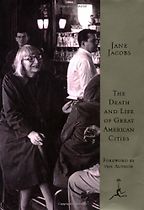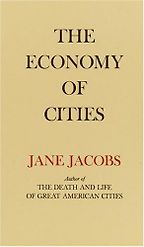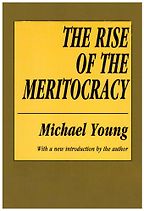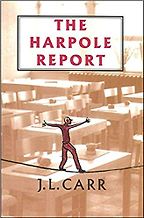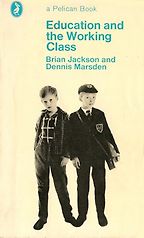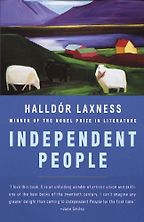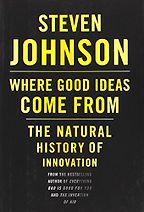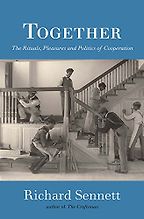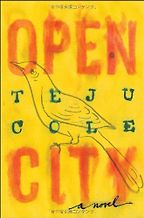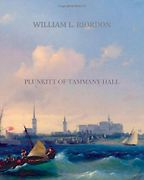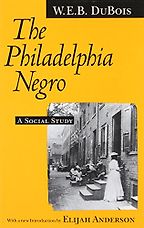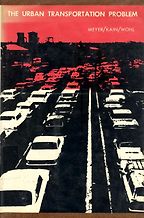Books by Jane Jacobs
The Death and Life of Great American Cities
by Jane Jacobs
Leo Hollis says: This book sums up these new ideas of putting people first – that the city is complex but not a place that needs to be rationalised
Edward L Glaeser: Jacobs pointed out innumerable ways in which people are connected by proximity and the virtues of dense living. How urban inhabitants, for instance, work together to keep cities safe.
“I think everyone has heard of The Death and Life of American Cities, which changed the way we think about cities. Through that book she stopped, not single-handedly of course, the destruction of inner-city neighbourhoods by driving great highways through them. But she was also an extraordinary woman in a whole range of ways: she had very little conventional academic background, she thought for herself and she came to her own conclusions. She basically thought, which I agree with, that cities are the source of everything that’s good in life. Her argument was that cities, which in the early days were just small trading and administrative posts, generated agriculture, not vice versa; because there was a market for something if you started proper production.” Read more...
The best books on Education and Society
Alison Wolf, Economist
Interviews where books by Jane Jacobs were recommended
The best books on Education and Society, recommended by Alison Wolf
KCL Professor Alison Wolf is an authority on education and the labour market. She recommends books on education and society, highlighting Icelandic pastoral neo-myth Independent People
The best books on Why Cities Are Good For You, recommended by Leo Hollis
Half of the world’s population live in cities, and more are moving in. Urbanist Leo Hollis explains how city living makes us smarter and more creative, why slums are set to grow, and what the future of the city holds.
The best books on Urban Economics, recommended by Edward Glaeser
Harvard economist Edward Glaeser chooses the best books on the economics of cities, from Chicago’s life story to how urban transport shaped New York.
